Kanchha Sherpa: Shoulder to shoulder with Tenzing and Hillary

Quick facts
Born on 22 March 1933 in Solukhumbu
A member of the 35-member first successful Mt Everest expedition
Recipient of the Annapurna Media Network’s Unity for Sustainability (UFS) 2022 Lifetime Achievement Award
Husband of Ang Lhakpa Sherpa
Father to Lhakpa Tenzing Sherpa, Tshering Penjo Sherpa, Dawa Yangdu Sherpa, and Yangji Sherpa

I had heard of Tenzing Norgay Sherpa when I was still a child. He used to come to Namche with tourists, which was a good thing for us village youths who would then be hired as porters.
In 1953, I left for Darjeeling with two of my friends to meet Tenzing on what was a four-day journey on foot. I was 20 at the time and needed a job. Upon meeting Tenzing, I discovered that he was my father’s friend. I stayed with him for three months, and one day he asked me if I wanted to be a part of the Chomolungma (Sagarmatha in the Sherpa language) expedition. I had no idea at the time that Chomolungma was in my village and that we could climb it. Villagers considered the mountain sacred and they used to worship it. I accepted the offer and took up the job of a porter as it was the only thing I could do. It was a 90-day expedition and I was paid Rs 8 a day, a handsome wage at that time.
Tenzing gathered other Sherpas and we took a train to Birgunj. From Birgunj, we walked for three days to reach Kathmandu, where, waiting for us, was a team under Edmund Hillary. Our expedition team had 35 members, including 20 Sherpas. We set out for Namche from Kathmandu, once again on foot, which took 20 days. Use of coins was common back then and it took 25 porters just to carry the money.
These days there are only four camps on the way to Everest but on our first expedition, we had to set up six camps. We also had to make the path, a job that took us over a week.
It took 60 yaks to lug our gear to the base camp. There were three porters including me whose job was to carry tree logs to make makeshift bridges. In the end, we became the first people to build the bridges leading to the Everest base camp.
We made it to the fourth camp and from there Tenzing did everything. It was him who discovered the South Pole to reach the summit. It is comparatively an easy route to the peak that is still used by climbers today.
From the fourth camp, I and the other two Sherpas reached 27,000ft (fifth camp) carrying heavy loads of oxygen cylinders. It was the first time any human had reached up there. The fifth camp is just 1,000ft below the summit. There, we set up the tents and other equipment and returned to the fourth camp. It was Tenzing and Hillary—the only two persons to reach the Everest peak—from thereon. Other team members waited for them at the fourth camp.
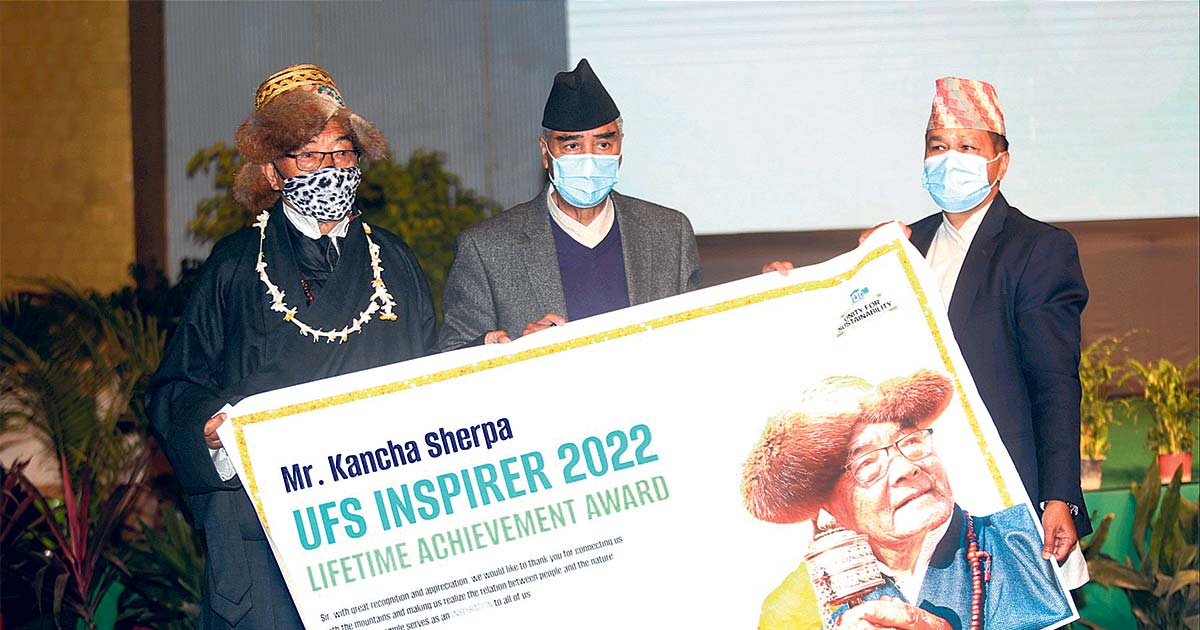 Prime Minister Sher Bahadur Deuba (middle) and Chairman of Annapurna Media Network Capt Rameshwar Thapa (right) honoring Kanchha Sherpa with the ‘Unity for Sustainability (UFS) 2022 Lifetime Achievement Award’.
Prime Minister Sher Bahadur Deuba (middle) and Chairman of Annapurna Media Network Capt Rameshwar Thapa (right) honoring Kanchha Sherpa with the ‘Unity for Sustainability (UFS) 2022 Lifetime Achievement Award’.
Tenzing and Hillary spent the night in the fifth camp that we had built. On 29 May 1953, the duo reached the world’s highest peak at around 1 pm. It was an unprecedented event in human history, which took them and their team of Sherpas 45 days. I was paid in full for 90 days of service even though the expedition lasted for just 45 days.
Tenzing left for Darjeeling and Hillary for Kathmandu after conquering Everest. Tenzing and Hillary returned to Namche after a month and they threw a grand party for us that lasted for a week. It was one of the most fun-filled and memorable experiences of my life.
I don’t know how we managed to carry out the Everest expedition. It was a magical event that I cannot explain. I recall the moment and question what madness had overtaken us. We made the path on the world’s highest mountain. It was all about grit and sheer will.
Among the 35 members who were part of that historic event, I am the last one surviving.
Tenzing and Hillary put Nepal on the map. Because of them the Sherpa community in Solukhumbu is still benefiting from thousands of tourists who visit the Everest region every year.
I participated in seven other Everest expeditions with different teams. I never got to climb past 27,000ft because of permit issues. I was just a porter.
My wife and mother always wanted me to quit the job because it was dangerous. Many of my friends have indeed died on the mountains. But I worked until 1973 before hanging up my boots at the age of 40.
The first Everest expedition members have passed away one after another over the years. Many national and international organizations contact me till this day. Some of them want to interview me and make documentaries and others want to honor me. In 2019, an American author Pattie Moon wrote a book on me: ‘Tough and Cheerful’ and I was recently honored by the Annapurna Media Network with the ‘Unity for Sustainability (UFS) 2022 Lifetime Achievement Award’. The Nepal government has also feted me with the Prabal Jana Sewa Shree Award, one of the highest civilian awards, for my works in the mountains. I am grateful to everyone and everything in my life.
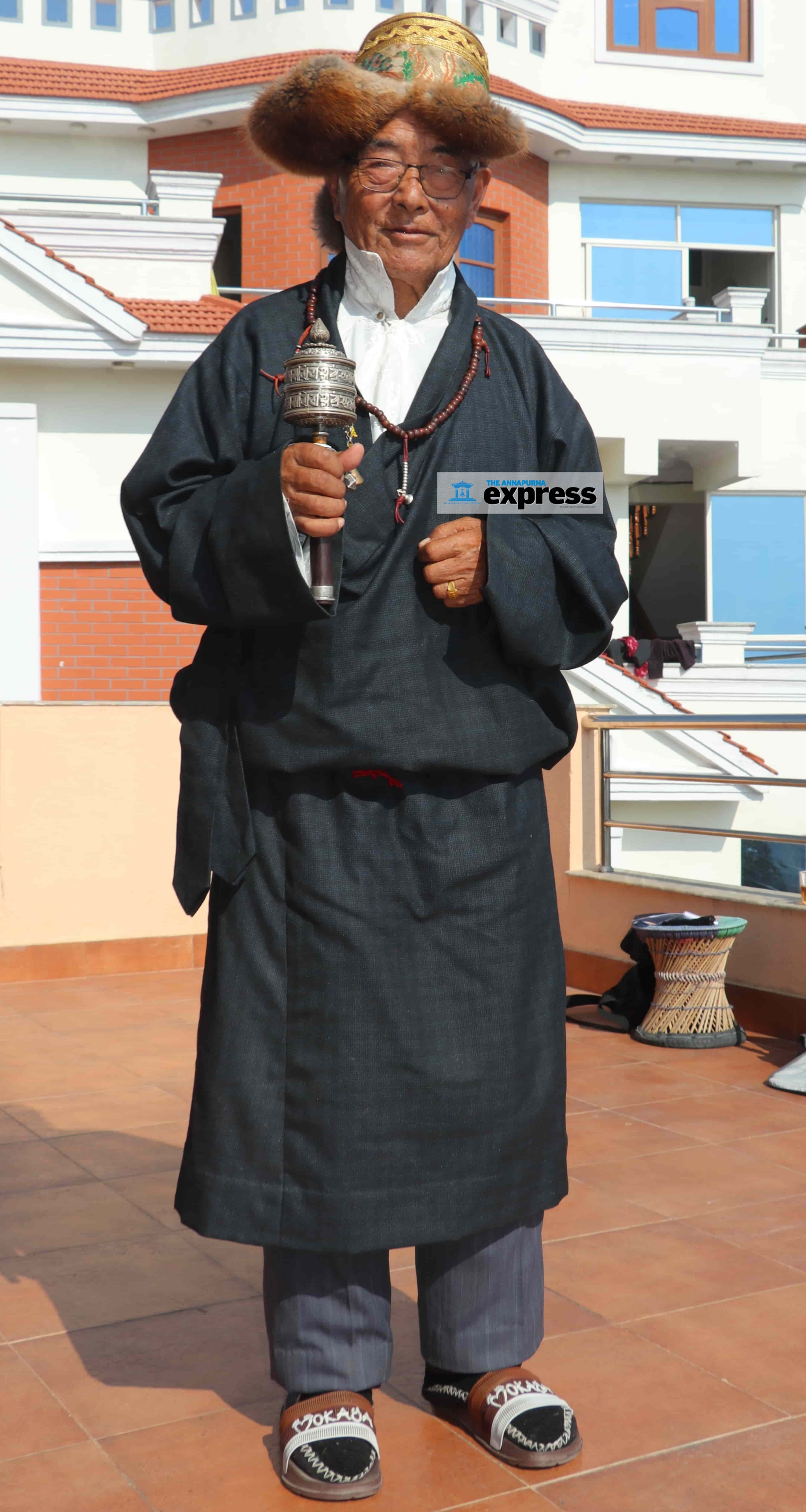
About him
Tshering Tenzing Sherpa (Grandson)
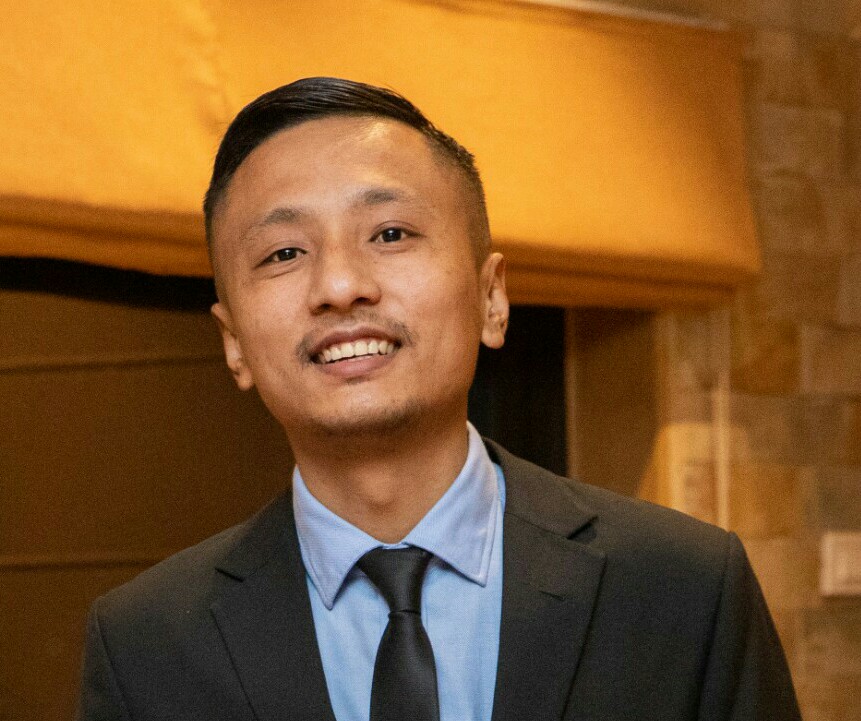
Despite crossing many milestones, my grandfather has not forgotten his roots. Even in his 90s, he lives in Namche and is always concerned about the villagers. He has taught me to work hard and help people in need. Following in his footsteps, I have been associated with a few organizations so that I can contribute to my community.
Nawang Samden Sherpa (Son-in-law)
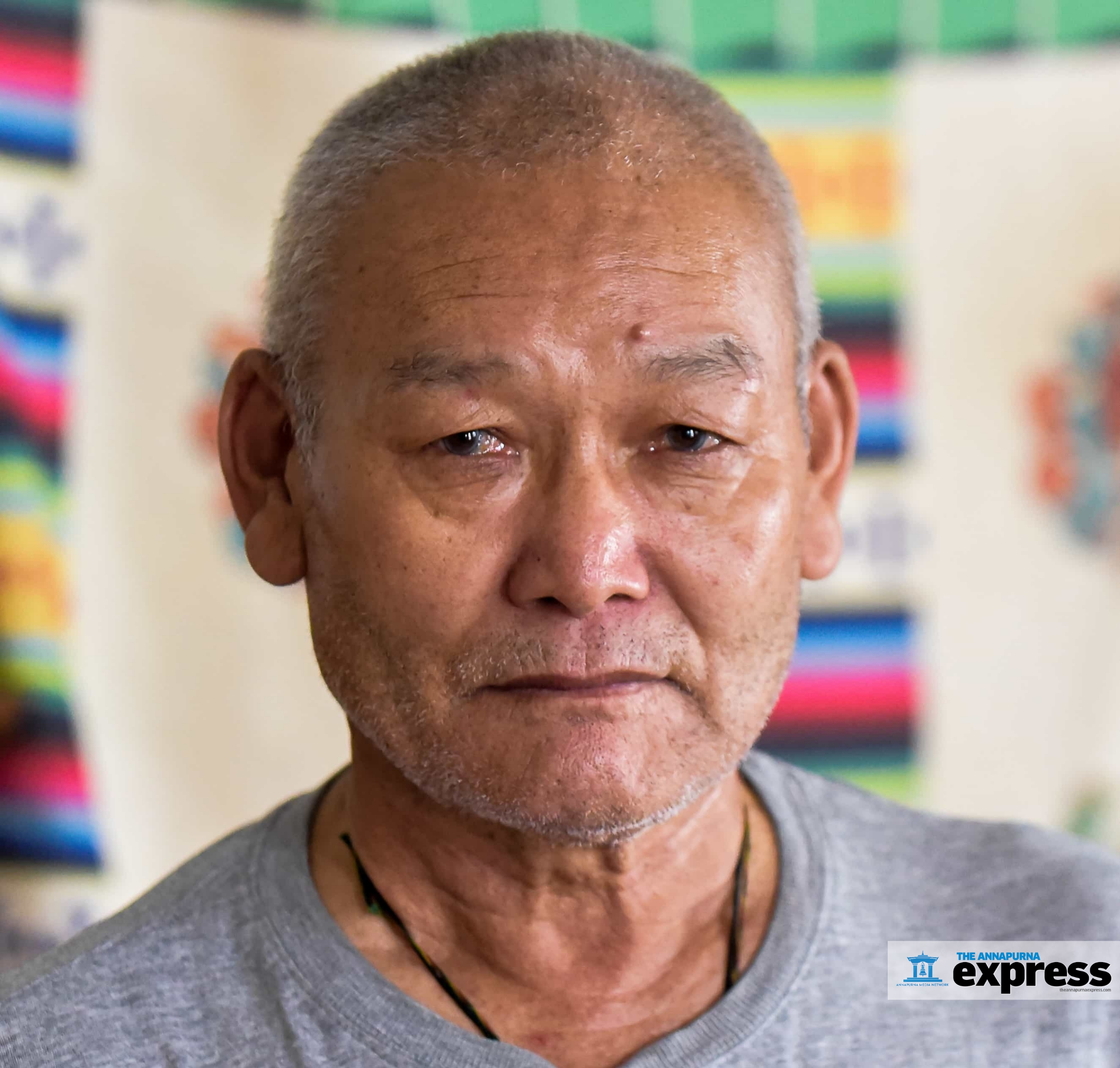
As he never got formal education, he always wanted to make sure that his children were not deprived of education. He does not want the children of today to face the hardships that he did as a boy. We established the Kanchha Sherpa Foundation to help students in need. As the foundation’s president, I ensure that his dream of educating and helping the children in need is fulfilled.
Sonam Gyalzen Sherpa (Neighbor)
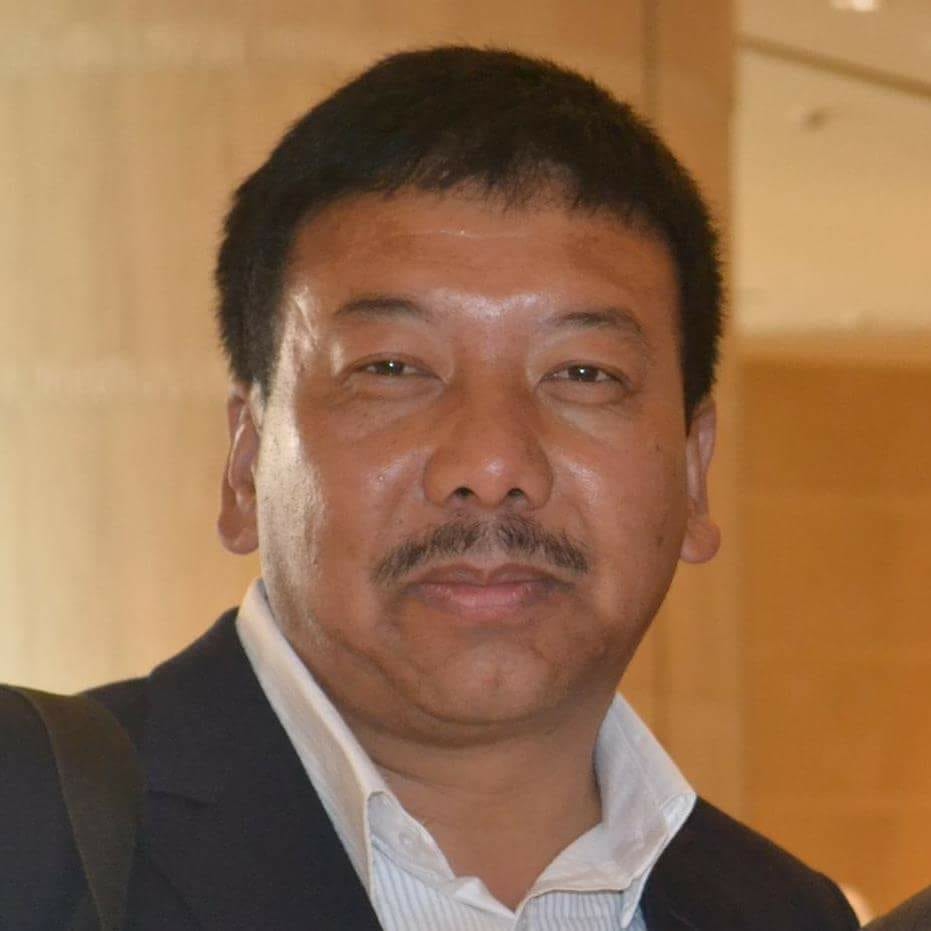
As a politician, I have to coordinate with my people and Kanchha Sherpa is always there to help me with my work. You could say the two of us share the dream of helping others. I consider him my mentor. He is always there to advise me on my work. He is like a family.
A shorter version of this profile was published in the print edition of The Annapurna Express on July 21.
related news
Harry Bhandari: An inspiring tale of Nepali immigrant in the US
Sept. 14, 2023, 4:06 p.m.
Baburam Bhattarai: An analysis on Nepal’s underdevelopment
Sept. 4, 2023, 9:36 a.m.
Shyam Goenka: Institutionalizing free press and democracy
Aug. 29, 2023, 7:42 p.m.
Sunil Babu Pant: A guardian of LGBTIQA+ community
March 11, 2023, 10:01 p.m.
Usha Nepal: An inspiration to every working woman
Feb. 25, 2023, 9:42 p.m.
Anupama Khunjeli: A trailblazer banker
Feb. 19, 2023, 12:54 a.m.
Capt Siddartha Jang Gurung: Aviation rescue specialist
Feb. 12, 2023, 1:26 a.m.
Bhuwan Chand: Born to perform
Feb. 4, 2023, 6:36 p.m.










Comments